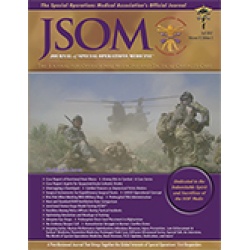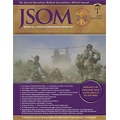Tools to Assess and Reduce Injury Risk (Part 1)
Knapik JJ 17(3). 116 - 119 (Journal Article)
Many injuries are preventable. Useful tools are available that can aid in assessing injury risks and developing methods to reduce these risks. This is part 1 of a two-part article that will discuss these tools, which include the Haddon Matrix, the 10 Countermeasure Strategies, the Injury Control Process, and the Army Risk-Management Process. The Haddon Matrix is 3 ® 3 table that, across the top (columns), provides an approach to conceptualizing injury prevention and control through modifications of the human, equipment, and environment; and, across rows, thinking about injury prevention and control before, during, and after the injury-producing event. The basic premise of the 10 Countermeasure Strategies is that injuries are largely due to energy exchanges between a person and the external environment in such a way that body cannot properly avoid or absorb the energy and anatomic structures are damaged. The Countermeasure Strategies are (1) eliminating the hazard altogether, (2) reducing the amount of the hazard, (3) preventing release of the hazard, (4) modifying the rate or spatial distribution of the hazard, (5) separating in space or time the hazard and the individual, (6) separating the individual from the hazard using a barrier, (7) modifying the basic qualities of the hazard, (8) strengthening the individual to make them more resistant to damage, (9) countering the damage done, and (10) stabilizing, healing, and rehabilitating the individual. Part 2 of this series will discuss the injury control process and the Army risk management process.


 Español
Español 




